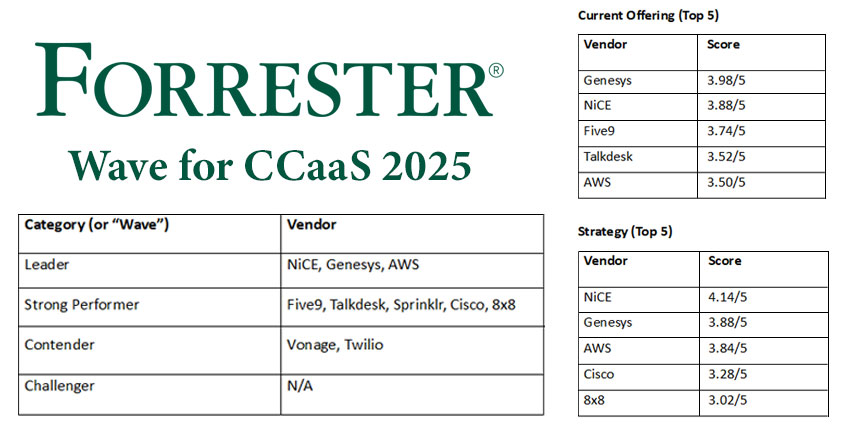An omnichannel contact center offers customers multiple avenues of communication. Typically, these include phone calls, email, and live chat – however, social media, messaging apps, and video feature within many operations.
Providing this choice of channels is central to an omnichannel approach. Yet, integrations between all channels are crucial. These are what sets omnichannel apart from multichannel, allowing companies to track every interaction that a customer has with the business within one location. Such a capability is ideal for customer journey management while it also drives contact center efficiency, as agents find it much easier to problem-solve.
Another benefit for contact center agents is that they can seamlessly switch a customer conversation between channels to facilitate a speedier resolution. As a result, CX improves too.
However, within an omnichannel operation, this capacity for seamless channel shift should not lie solely with agents. Embedding effortless pathways to other channels – particularly to the voice channel – for customers is another facet of omnichannel. Click-to-call links, often found within self-service apps, portals, and bot-assisted chat platforms, play a significant role here.
Developing a system that facilitates each of these functionalities is tricky, especially with on-premise technologies. 2019 Deloitte research indicates that in only 11% of companies is the omnichannel experience integrated and cohesive. Meanwhile, 54% admit they are desperately trying to harmonize CX across channels.
Building to this statistic, Deloitte adds: “Our experience shows companies are re-evaluating omni-channel experience through advanced journey mapping, application of analytics and enabling technologies, and change management technologies.”
However, for those starting to get to grips with how to piece together an omnichannel contact center, here are three advantageous features to keep in mind.
1. Backend Channel Integration
Channels require back-end integrations to feed into the same CRM, enabling a single source of truth. Such integrations ensure that conversational context moves with customers during cross-channel experiences. As a result, customers do not have to repeat information, lowering effort for everyone involved.
2. Intelligent Omnichannel Routing
Ideally, incoming queries will route to customers via a singular omnichannel routing engine. It should take queries from various channels and automatically distribute them across the agent workforce, depending on skill sets and availability. Some even route customers with the help of AI tools that match customers and agents on their personalities. An omnichannel solution such as this makes it easier to tweak the routing strategy, improving intraday management.
3. Universal Queuing
A universal queuing mechanism places customers waiting on hold across different channels in the same queue, where they wait to reach a live agent. As such, universal queuing prevents congestion on any one channel, ensuring more consistent customer experiences.
Learn more about the technology that supports an omnichannel contact center by reading our article: What Is an Omnichannel Contact Center Solution?







